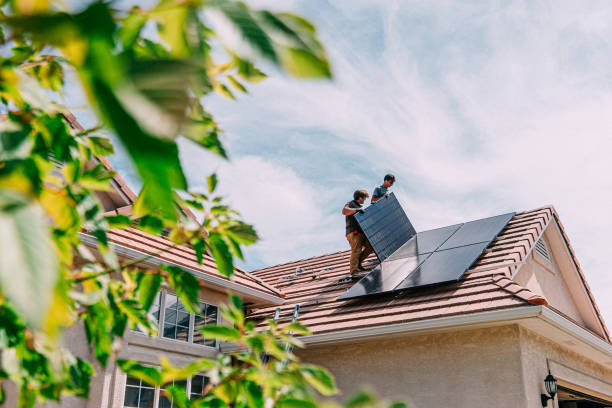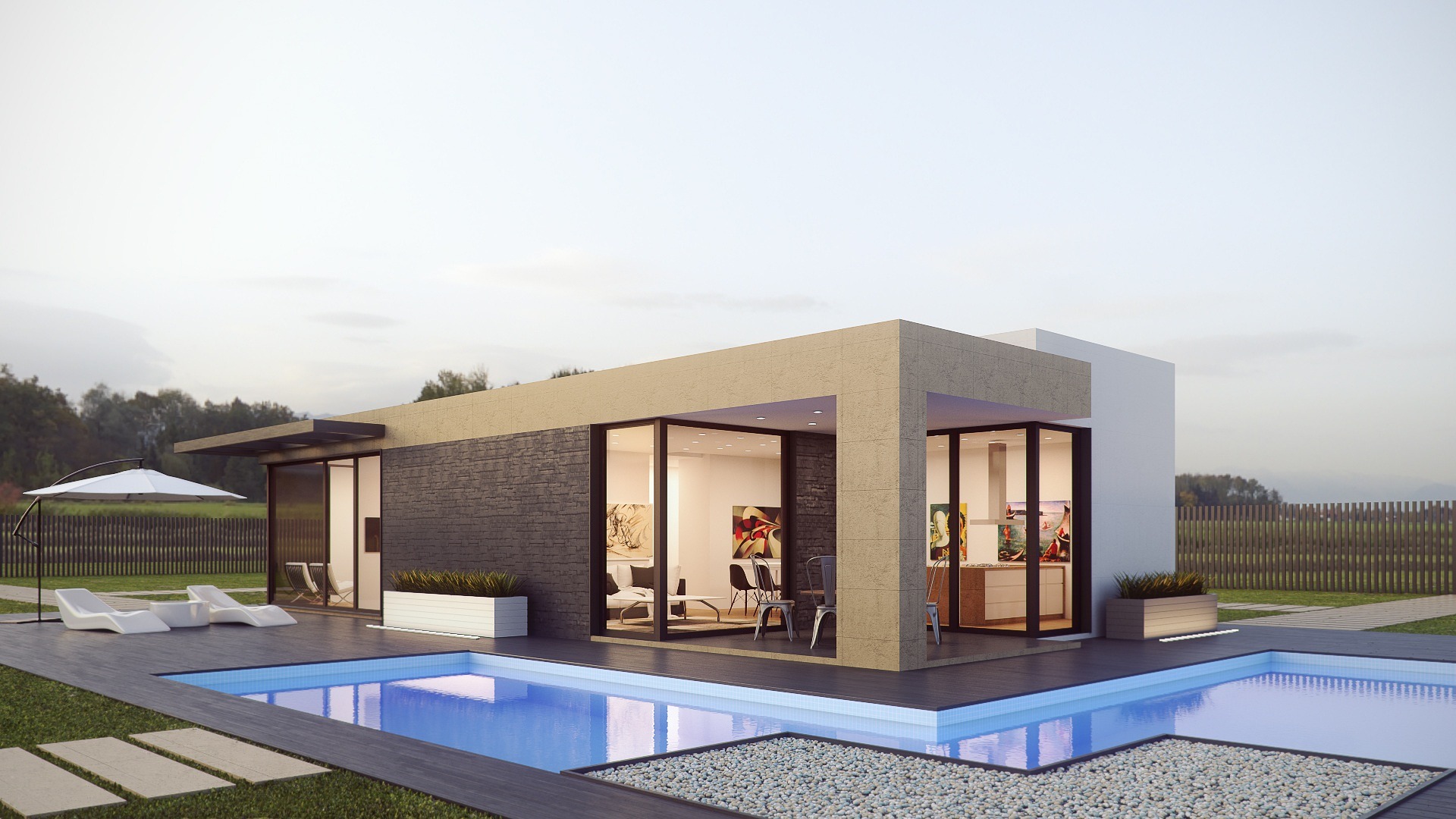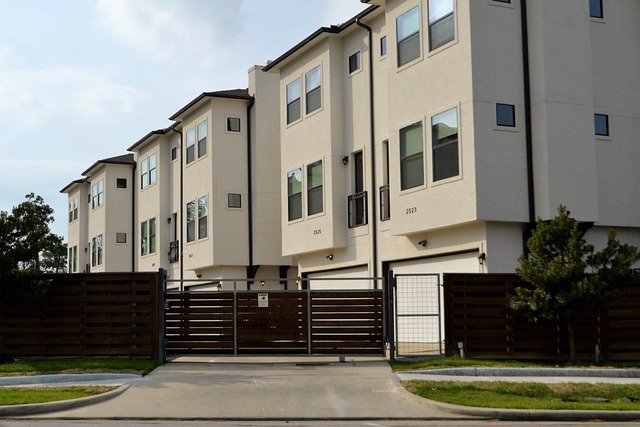Heat Pump Installations: A Comprehensive Guide to Home Comfort and Energy Efficiency
Heat pumps have emerged as a versatile solution for year-round home comfort, offering both heating and cooling capabilities while potentially reducing energy costs. These systems work by transferring heat between indoor and outdoor spaces, rather than generating heat through combustion like traditional furnaces. Understanding how heat pumps function and their benefits can help homeowners make informed decisions about their heating and cooling needs.

Understanding Modern Heat Pump Technology and Installation Trends
Heat pump technology has advanced significantly in recent years, with improved efficiency and performance in various climate conditions. Modern systems can operate effectively even in cold temperatures, making them viable options for homes across different regions. The surge in installations reflects growing awareness of their dual-purpose functionality and potential energy savings, particularly as homeowners seek more sustainable heating and cooling solutions.
How Heat Pumps Deliver Year-Round Climate Control
Heat pumps operate by moving heat rather than creating it, which makes them highly efficient for both heating and cooling. During winter, they extract heat from outdoor air and transfer it inside, while in summer, they remove heat from indoor spaces and release it outside. This versatility eliminates the need for separate heating and cooling systems, simplifying home climate control while potentially reducing maintenance requirements.
Environmental Benefits and Energy Efficiency Advantages
Heat pumps can significantly reduce a home’s carbon footprint compared to traditional heating systems. Because they transfer heat rather than generate it, they typically use less energy than conventional furnaces or air conditioners. This efficiency can translate to lower greenhouse gas emissions, particularly when powered by clean electricity sources.
Available Incentives and Financial Considerations
| Incentive Type | Typical Amount Range | Eligibility Requirements |
|---|---|---|
| Federal Tax Credits | $300 - $2,000 | Energy Star certified systems |
| State Rebates | $500 - $3,000 | Varies by location |
| Utility Company Incentives | $100 - $1,500 | System efficiency requirements |
Prices, rates, or cost estimates mentioned in this article are based on the latest available information but may change over time. Independent research is advised before making financial decisions.
Installation and Operating Cost Analysis
The initial investment for a heat pump system typically ranges from $4,000 to $8,000 for a standard air-source unit, with installation costs varying by region and system complexity. Ground-source heat pumps generally cost more upfront but can offer greater long-term savings. Operating costs depend on local utility rates, climate conditions, and system efficiency, but many homeowners report noticeable reductions in their energy bills after installation.
Long-term Benefits and System Longevity
Heat pumps typically last 10-15 years with proper maintenance, providing reliable performance throughout their lifespan. Regular maintenance, including annual professional inspections and filter changes, helps ensure optimal efficiency and longevity. The dual heating and cooling functionality means homeowners maintain just one system instead of separate heating and air conditioning units, potentially reducing long-term maintenance costs.
A properly sized and installed heat pump can provide efficient, comfortable, and environmentally conscious climate control for years to come. As technology continues to advance and incentives remain available, these systems represent an increasingly practical choice for home comfort solutions. Understanding the various options, costs, and benefits helps homeowners make informed decisions about upgrading their heating and cooling systems.




